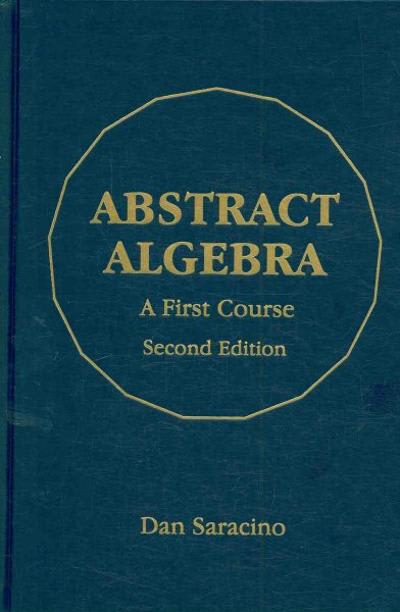PART 1
3.(a)What is an even function? How can you tell if a function is even by looking at its graph? Give three examples of an even function.
(b)What is an odd function? How can you tell if a function is odd by looking at its graph? Give three examples of an odd function.
6.Give an example of each type of function.
(a)Linear function
(b)Power function
(c)Exponential function
(d)Quadratic function
(e)Polynomial of degree 5
(f)Rational function
9. Suppose that f has domain A and g has domain B. (a) What is the domain of f + g ? (b) What is the domain of fg ? (c) What is the domain of f / g ? \f12. (a) What is a oneto-one function? How can you tell if a function is oneto-one by looking at its graph? (b) If f is a one-toone function, how is its inverse function f '1 dened? How do you obtain the graph of f '1 from the graph of f ? \f19. Determine Whether f is even, odd, or neither even nor odd. (a) at) = 2:132 3m2 + 2 11. Suppose the graph of f is given. Write an equation for each of the graphs that are obtained from the graph of f as follows. (a) Shift 2 units upward. (b) Shift 2 units downward. (c) Shift 2 units to the right. ((1) Shift 2 units to the left. (e) Reect about the :B-aXiS. (f) Reect about the y-axis. (g) Stretch vertically by a factor of 2 . (h) Shrink vertically by a factor of 2. (i) Stretch horizontally by a factor of 2 . (j) Shrink horizontally by a factor of 2 . 1. Let f be the function whose graph is given. (a) Estimate the value of f (2) (b) Estimate the values of a: such that f (w) = 3. (0) State the domain of f. ((1) State the range of f. (c) On What interval is f increasing? (f) Is f one-to-one? Explain. (g) Is f even, odd, or neither even nor odd? Explain. 1. If f is a function, then f(s + t) = f(s) + f(t). 2. If f(3) = f(t),then s = t. 3. If f is a function, then f(3x) = 3f(a3). 4. If the function fhas an inverse and f(2) = 3, then f'1(3) = 2. 5. A vertical line intersects the graph of a function at most once. 6. If f and g are functions, then f o g = g o f. 7. If f is one-to-onc, then f_1(a3) = lw) . 3136 Solve the equation for cc. Give both an exact value and a decimal approximation, correct to three decimal places. 31. e\" = 3 32.1n:1:2 = 5 33. ee' = 10 34. cos'1 :3 = 2 35. tan1(3x2) 3 4 36.1nx1=1n5+a:)4 A \f38. The population of a certain species in a limited environment with initial population 100 and carrying capacity 1000 is 100, 000 P t = ( ) 100 + 9006_t Where t is measured in years. (a) Graph this function and estimate how long it takes for the population to reach 900 . (b) Find the inverse of this function and explain its meaning. (0) Use the inverse function to lind the time required for the population to reach 900 . Compare with the result of part (a). 5. f(:l;) = 2/(3m 1) 6. g(a:) = V 16 m4 7. h(:c) = ln(a: + 6) 8. F(t) = 3 + cos 2t 9. Suppose that the graph of f is given. Describe how the graphs of the following functions can be obtained from the graph of f. (a) y = f(m) + 5 (b) y = m: + 5) (C) y = 1 + 2f($) (d)y=f(w2)2 (C) y = -f($) (D y = f '1(m)




















